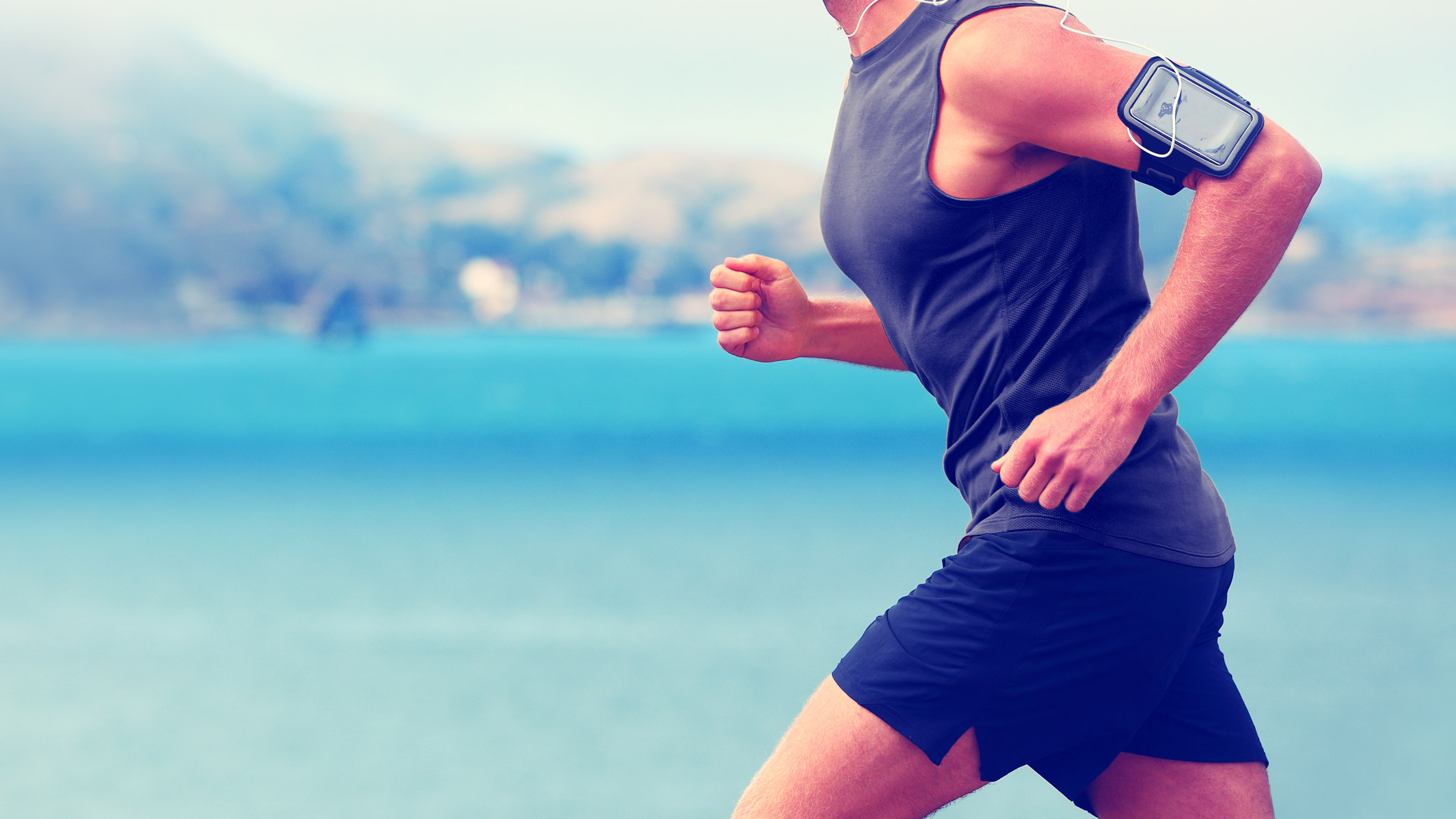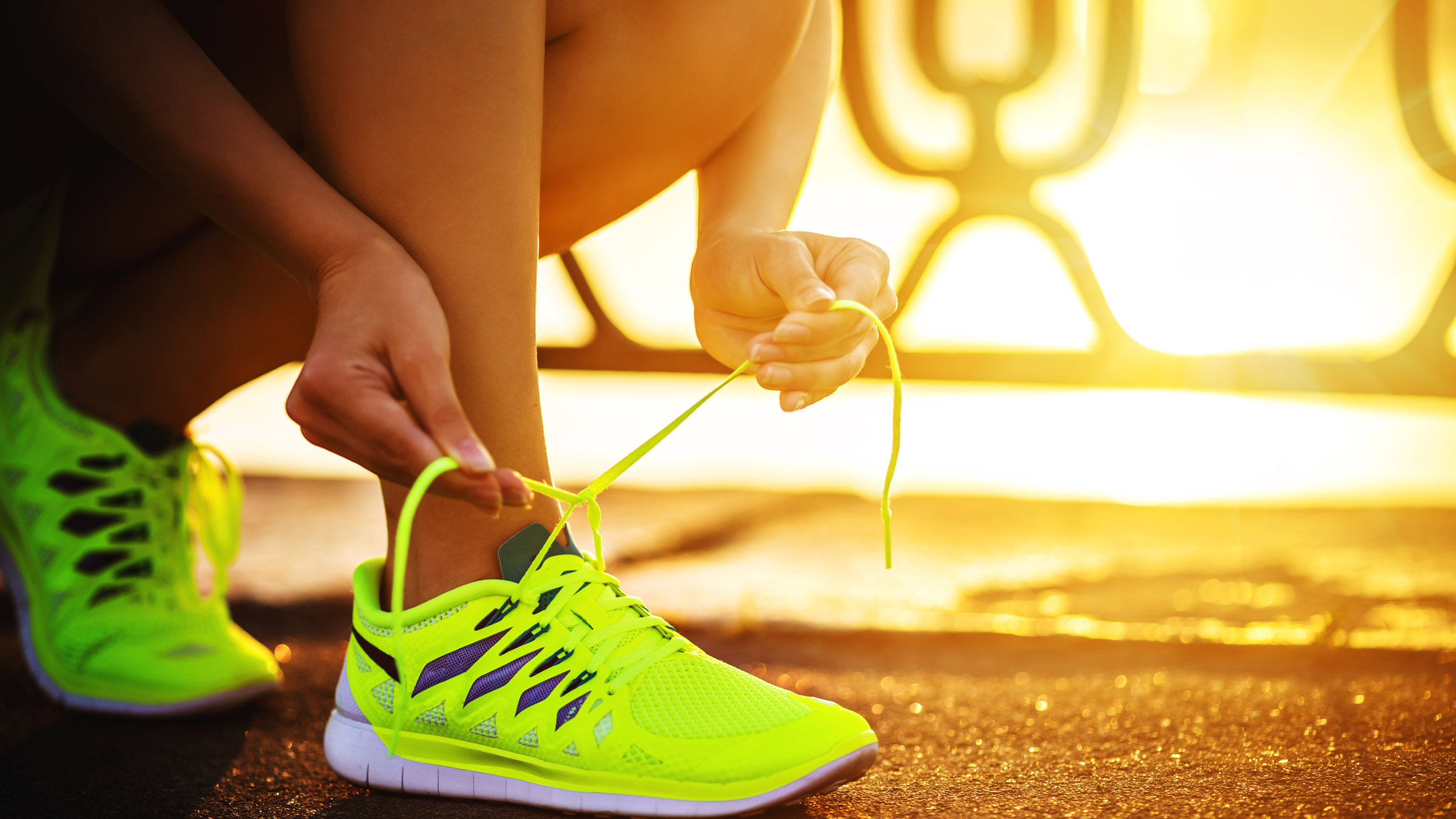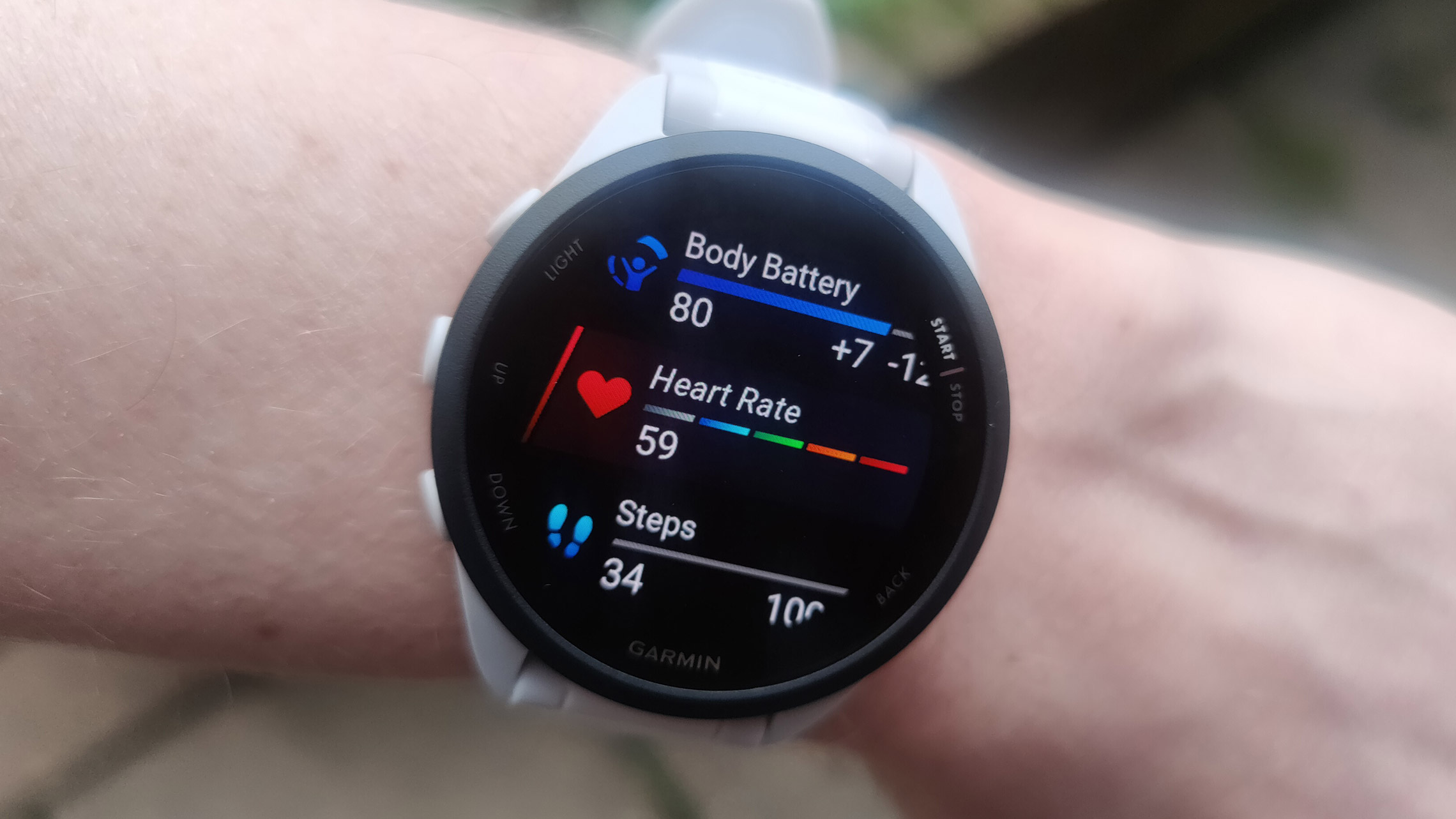Why naked running (without a smartwatch) is actually good for you
The benefits of untracked running

You get home from a run and automatically press save on your best smartwatch or best running watch. Before jumping in the shower you check the run has uploaded to Strava and pool over the stats. What was my average pace? Have I bagged a segment course record? What was my maximum cadence and heart rate? How much did I slow down on the hill?
The performance self-analysis begins in earnest and before you know it, you’ve forgotten to stretch, eat something, or reflect on how you actually feel. Instead, you are busy planning how to better your stats on your next run.
Whilst fitness watches are a great way to track your progress and stay motivated, there are also lots of benefits to running ‘naked’. Leaving your watch at home can have mental health advantages and enable you to tap into how your body is coping with the physical stress of running.
“Running to feel is a very important skill, and it can mean you don't overtrain when you are tired or in need of a recovery run,” says James Rodgers, an expert coach and competitive runner for 20 years. “Usually, if your body is tired, easing off and listening to it is the best way to go. Pushing through and trying to hit a certain pace when feeling that way puts you at risk of overtraining and picking up an injury.”
And yet we are increasingly slaves to our smart watches, heart rate monitors and fitness trackers. According to global data published by ACSM Health & Fitness Journal, wearable technology is the top 2024 fitness trend. Smartwatches (and other wearables such as running pods and the best smart rings) can record movement, speed, distance, and heart rate.
Wearables can estimate calories burned, advise us when to ease off and recover, and monitor the quality of our sleep. Premium models are also capable of navigating via GPS technology, storing music, and receiving calls and texts: not a distraction you always want on runs.
But as with all technology there is also a darker side, with studies suggesting that people with predispositions to eating disorders and obsessive-compulsive exercise may be more drawn to fitness trackers which could potentially fuel or exacerbate their disordered behavior.
Get daily insight, inspiration and deals in your inbox
Sign up for breaking news, reviews, opinion, top tech deals, and more.
There is also a wealth of evidence that technology anxiety is continuing to rise in younger people. When we’re not glued to our phones, our watches and wearables are pinging us with notifications instead.
Is it best to run without a smartwatch?

With so much connection in our lives, perhaps there is a time and a place to uncouple and try some naked running. Doing at least some runs without a watch can lead to a more social experience to run at a conversational pace and catch up with friends. It also alleviates the social pressure of having to publicly ‘perform’ on platforms like Strava, or having to round up a run to the nearest mile or kilometre.
Taking the pressure off can also help to increase enjoyment in running, says endurance coach Stephanie Holbrook. “It can be a rewarding challenge to set aside your ego and embrace device-free running. It allows you to focus on enjoying running without being distracted by technology. It also alleviates the need to consistently meet precise performance goals, fostering a more laid-back and pleasurable running session.”
Simon James is the founder of Run the Wild, an organization with the mantra “exploring places not running races”. He believes running without tech leads to a more meditative state.
“It helps you to really escape from what’s going on in other parts of your world, and stresses, and brings you into the present moment. Tech detracts us from the moment and takes us away.”
He advocates running on the trails without a smartwatch, headphones, or phone (or phone switched off, if you have to take it) to immerse yourself in your surroundings.
“Literally be silent and put everything away, turn everything off, and just have that moment of being in nature. We just don't do that in our society anymore. We live in a society where every moment has to be filled with either music or a podcast or something on your phone. Something to distract you. But studies show immersion in green spaces is beneficial for our mental health,” he adds.
The importance of running to feel

It’s not just about the mental and social benefits. Completely relying on data to tell you how you feel when you wake up and how hard you need to train, takes away the human component of knowing how you feel. Your watch might say you had a poor night’s sleep and need to rest, but you might actually feel strong. Similarly, there are days when recovery is required but your watch is telling you to push yourself because it doesn’t know your legs are aching or that you just received some bad news.
And let’s face it, tech can sometimes fail so it’s important not to be over reliant on it. If it stops working during a race you need to have an idea of how a certain pace feels. “This allows you to continue running without becoming stressed or running too fast, even if the GPS is not working properly,” says Rodgers.
So how can you run naked? Lewis Moses, former GB international athlete and founder of New Levels Coaching says it means running by rate of perceived effort (RPE). Maximum effort like sprinting is 10/10 whilst an easy effort is more like 4/10, with resting 0/10.
“When running an easy effort you should be able to hold down a conversation and your breathing rate wouldn't be too high, simply because you are running easy. Sometimes simple things like this are much better than always looking at your watch and looking for reassurance.
“It not only gives you a mental break from the splits, it also enhances your ability to run to feel, which can be quite liberating for some runners.”
You might also like
Lily Canter is a UK Athletics running coach, ultra-runner and a freelance running and fitness journalist who writes for TechRadar, Runner's World, Fit&Well and Live for the Outdoors, among others. Her ultra-running credits include running 250km across Tanzania, and placing first female in her inaugural 100km race.
